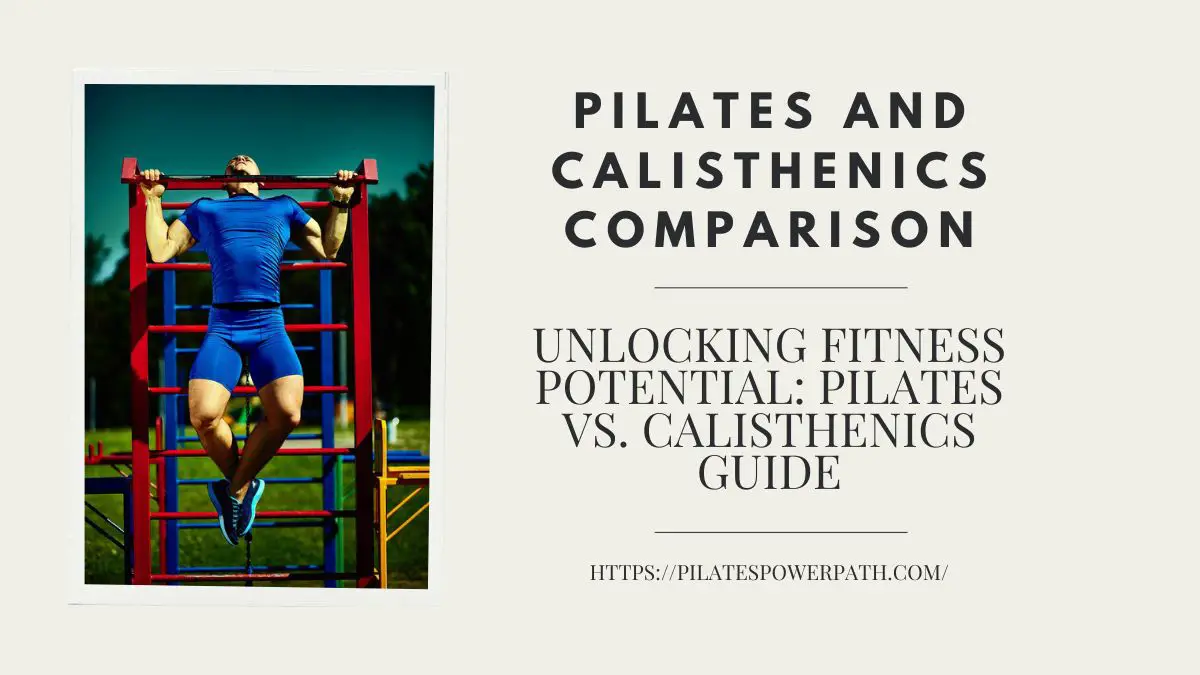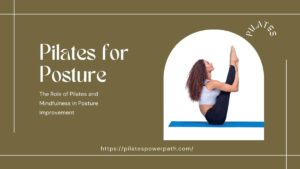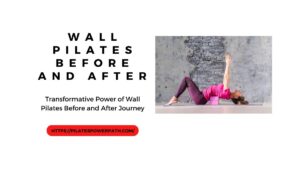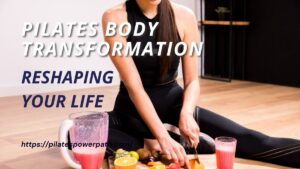Welcome to the ultimate guide on two of the most popular exercise methods: Pilates and Calisthenics. In a world where physical fitness is paramount, understanding the nuances of different workout routines is key to achieving your goals. Pilates and Calisthenics offer unique approaches to fitness, each with its own set of benefits and principles. In this article, we’ll delve deep into the world of Pilates and Calisthenics, exploring their origins, methodologies, benefits, and how they stack up against each other. Whether you’re a seasoned fitness enthusiast or just starting your journey, this guide will help you make informed decisions about which practice aligns best with your fitness aspirations.
Pilates: Understanding the Method
Origins and Principles
Pilates, developed by Joseph Pilates in the early 20th century, emphasizes the integration of the mind and body to improve strength, flexibility, and posture. The method is founded on six core principles: control, centering, concentration, precision, breath, and flow. These principles guide every movement in Pilates, promoting a holistic approach to physical fitness.
Equipment-based vs. Mat-based Pilates
Pilates exercises can be performed on specialized equipment such as the reformer, Cadillac, and chair, or simply on a mat. Equipment-based Pilates utilizes springs and pulleys to provide resistance, offering a greater range of motion and targeted muscle engagement. Mat-based Pilates, on the other hand, relies solely on body weight and gravity for resistance, making it accessible to a wider audience.
Read More: Decoding Fitness: Pilates vs. CrossFit – Finding Your Perfect Fit
Benefits of Pilates
One of the primary benefits of Pilates is its focus on core strength and stability. By strengthening the deep abdominal muscles, known as the powerhouse, Pilates helps improve posture, balance, and overall body alignment. Additionally, Pilates is renowned for its rehabilitative effects, making it an ideal choice for individuals recovering from injuries or managing chronic conditions such as back pain.
Calisthenics: The Bodyweight Approach
Definition and Characteristics
Calisthenics, derived from the Greek words “kalos” (beautiful) and “sthenos” (strength), is a form of exercise that utilizes body weight for resistance. Unlike traditional weightlifting, calisthenics relies on functional movements such as push-ups, pull-ups, and squats to build strength, endurance, and flexibility. Minimal equipment is required, making it an accessible and cost-effective workout option.
Variations and Progressions
Calisthenics offers a wide range of exercises that can be modified to suit individual fitness levels. Beginners may start with basic movements like bodyweight squats and modified push-ups, gradually progressing to more advanced exercises such as handstand push-ups and muscle-ups. This scalability makes calisthenics suitable for beginners and seasoned athletes alike.
Benefits of Calisthenics
One of the key benefits of calisthenics is its emphasis on functional strength. By performing movements that mimic everyday activities, such as lifting, pushing, and pulling, calisthenics helps improve overall physical performance and mobility. Additionally, calisthenics workouts are highly adaptable, allowing individuals to train anywhere, anytime, without the need for specialized equipment.
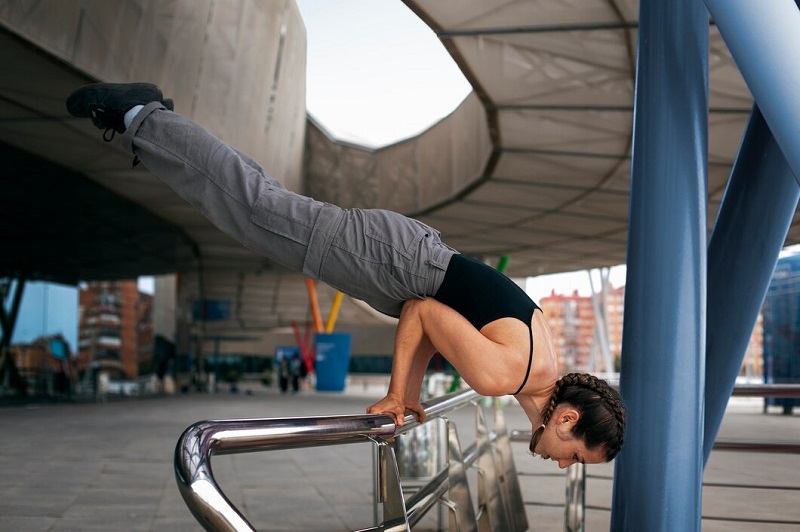
Comparative Analysis
Similarities between Pilates and Calisthenics
Both Pilates and Calisthenics emphasize body control, awareness, and precision in movement. Whether you’re executing a Pilates roll-up or a calisthenics pull-up, proper form and technique are essential for maximizing results and preventing injury. Additionally, both practices offer a wide range of exercises that can be tailored to individual fitness goals and abilities.
Contrasting Aspects
While Pilates and Calisthenics share some similarities, they also have distinct differences. Pilates primarily focuses on core strength and flexibility, with an emphasis on controlled movements and breath work. Calisthenics, on the other hand, targets full-body strength and endurance, utilizing dynamic movements and body weight resistance. Additionally, Pilates often requires specialized equipment, whereas Calisthenics can be performed virtually anywhere with minimal gear.
Choosing the Right Practice
Considerations for Personal Goals
When deciding between Pilates and Calisthenics, it’s important to consider your personal fitness goals and preferences. If you’re looking to improve core strength, flexibility, and posture, Pilates may be the ideal choice. On the other hand, if you’re aiming to build overall strength, endurance, and functional fitness, Calisthenics may better align with your objectives.
Incorporating Both Practices
Rather than viewing Pilates and Calisthenics as mutually exclusive, consider incorporating elements of both into your fitness routine. For example, you might start your workout with a Pilates mat routine to warm up and focus on core activation, then transition to a Calisthenics circuit for a full-body strength workout. This balanced approach can help you reap the benefits of both practices while keeping your workouts varied and engaging.
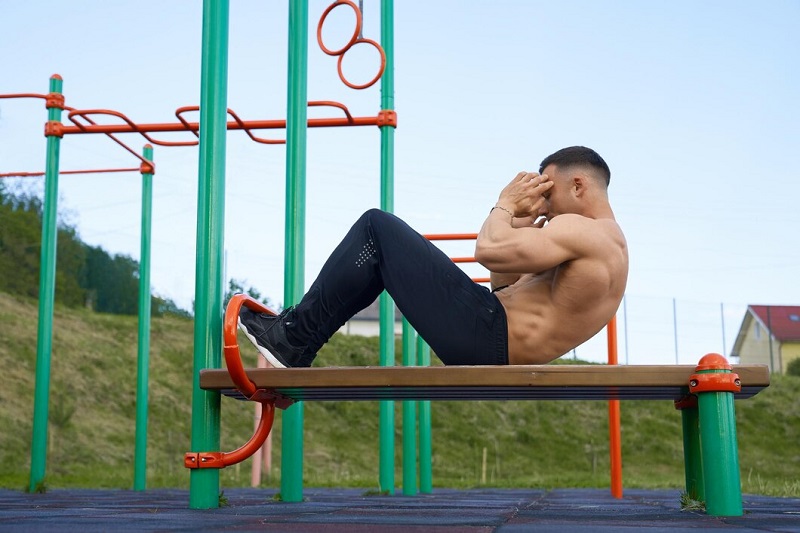
Consulting with Fitness Professionals
If you’re unsure which practice is right for you, consider consulting with a certified fitness professional who specializes in Pilates or Calisthenics. They can assess your fitness level, discuss your goals, and recommend a tailored workout program that meets your needs. Whether you prefer the precision and control of Pilates or the dynamic challenges of Calisthenics, a qualified instructor can help you maximize your fitness potential.
Conclusion
In conclusion, Pilates and Calisthenics offer unique pathways to physical fitness and well-being. Whether you’re drawn to the fluid movements and mind-body connection of Pilates or the functional strength and versatility of Calisthenics, incorporating these practices into your routine can yield significant benefits. By understanding the principles, methodologies, and benefits of each practice, you can make informed decisions about how to achieve your fitness goals effectively.
Top FAQs about Pilates and Calisthenics
Yes, Pilates can be adapted to accommodate individuals of all fitness levels, including beginners. Mat-based Pilates classes often provide modifications for exercises to make them more accessible for beginners, while equipment-based Pilates sessions can be tailored to gradually increase intensity as strength and proficiency improve.
Absolutely! Calisthenics is an effective way to build muscle strength and definition using only your body weight for resistance. By performing exercises like push-ups, pull-ups, and squats, you can target major muscle groups and stimulate muscle growth. Additionally, calisthenics routines can be progressively overloaded by increasing reps, sets, or difficulty of exercises, further promoting muscle hypertrophy.
Both Pilates and Calisthenics can contribute to weight loss when combined with a balanced diet and consistent exercise routine. Pilates focuses on improving muscle tone, flexibility, and core strength, while Calisthenics emphasizes full-body strength and endurance. Ultimately, the best approach for weight loss depends on individual preferences, goals, and overall lifestyle factors. Combining elements of both practices may provide a well-rounded approach to achieving and maintaining a healthy weight.

